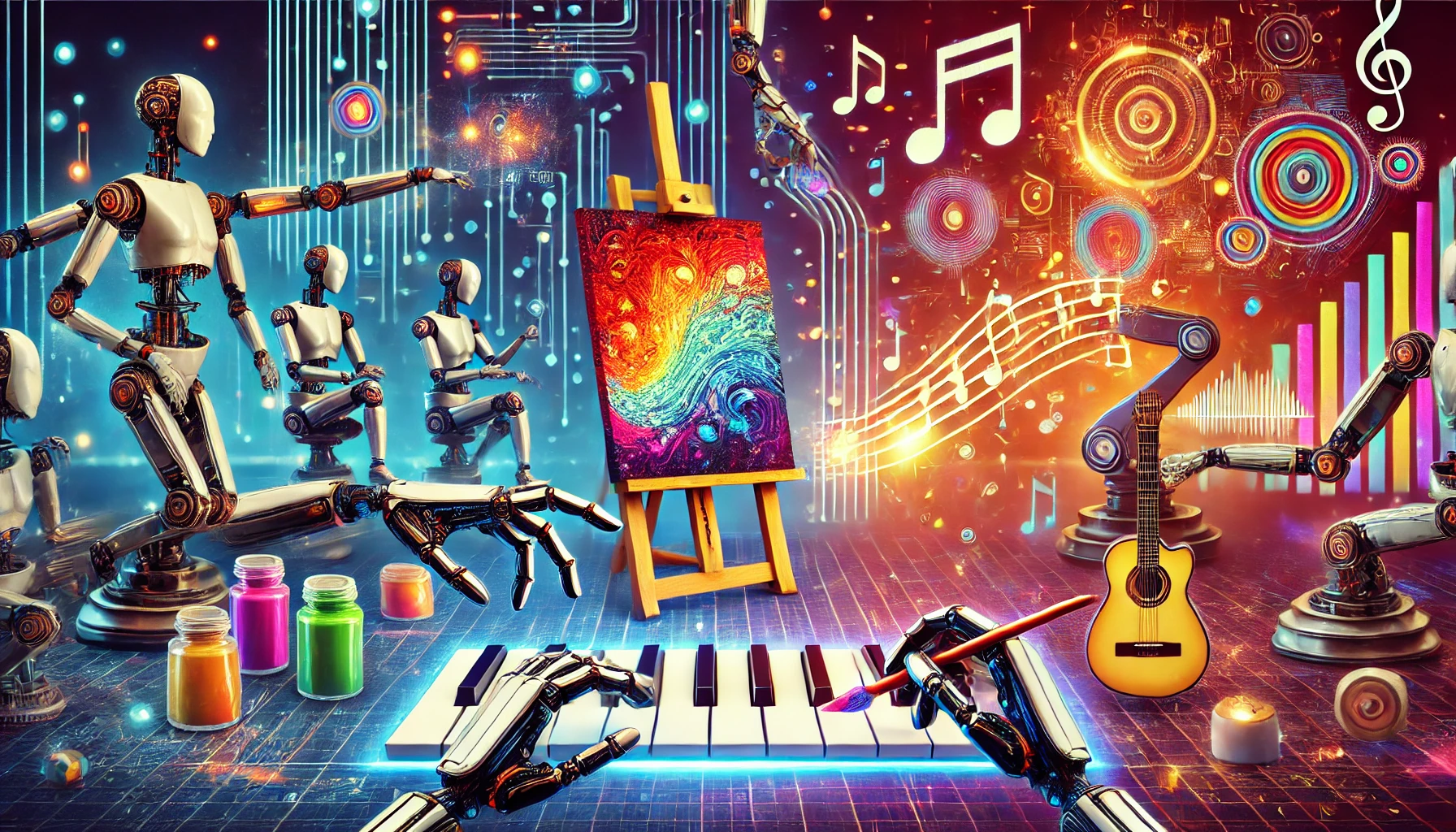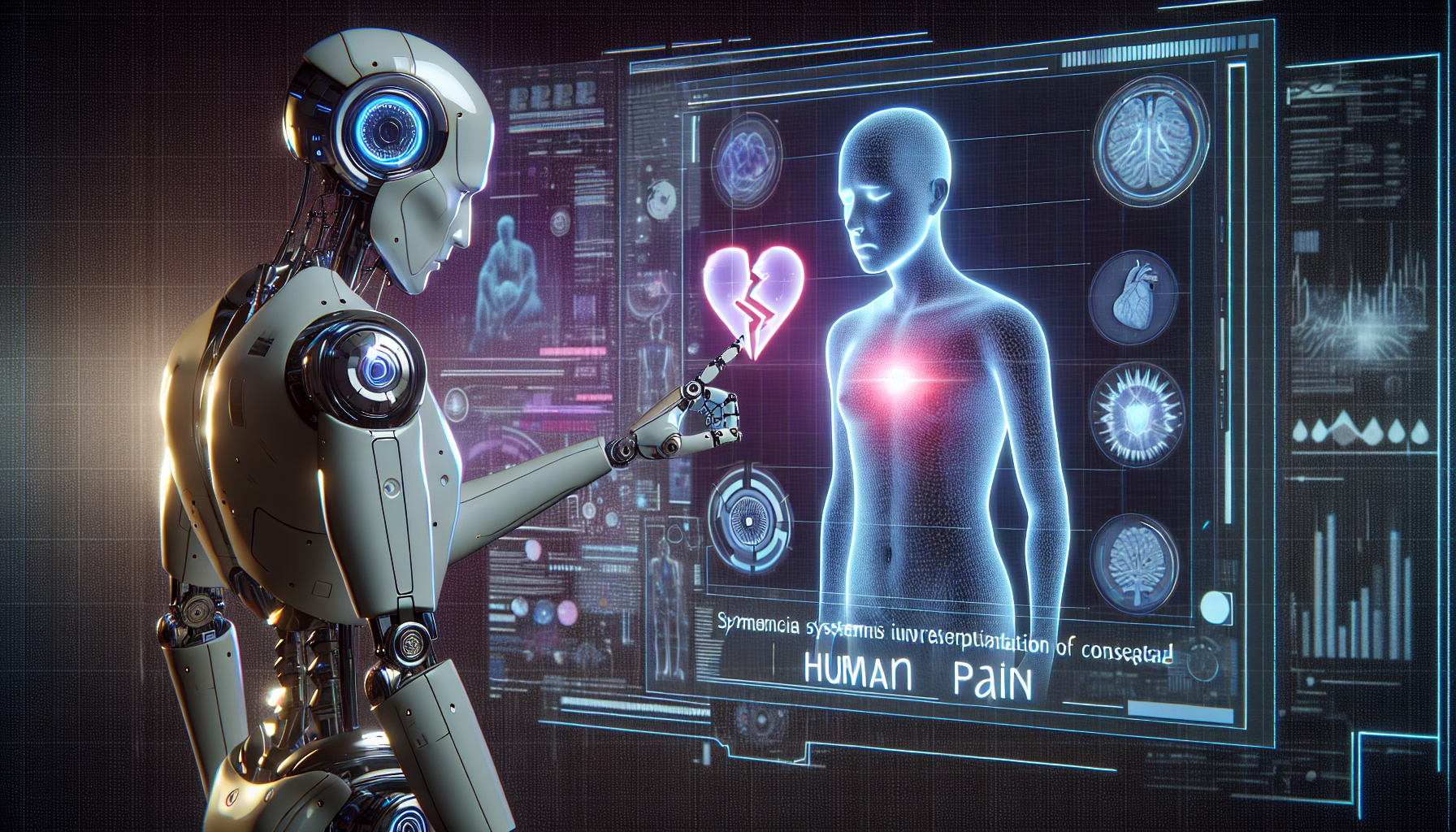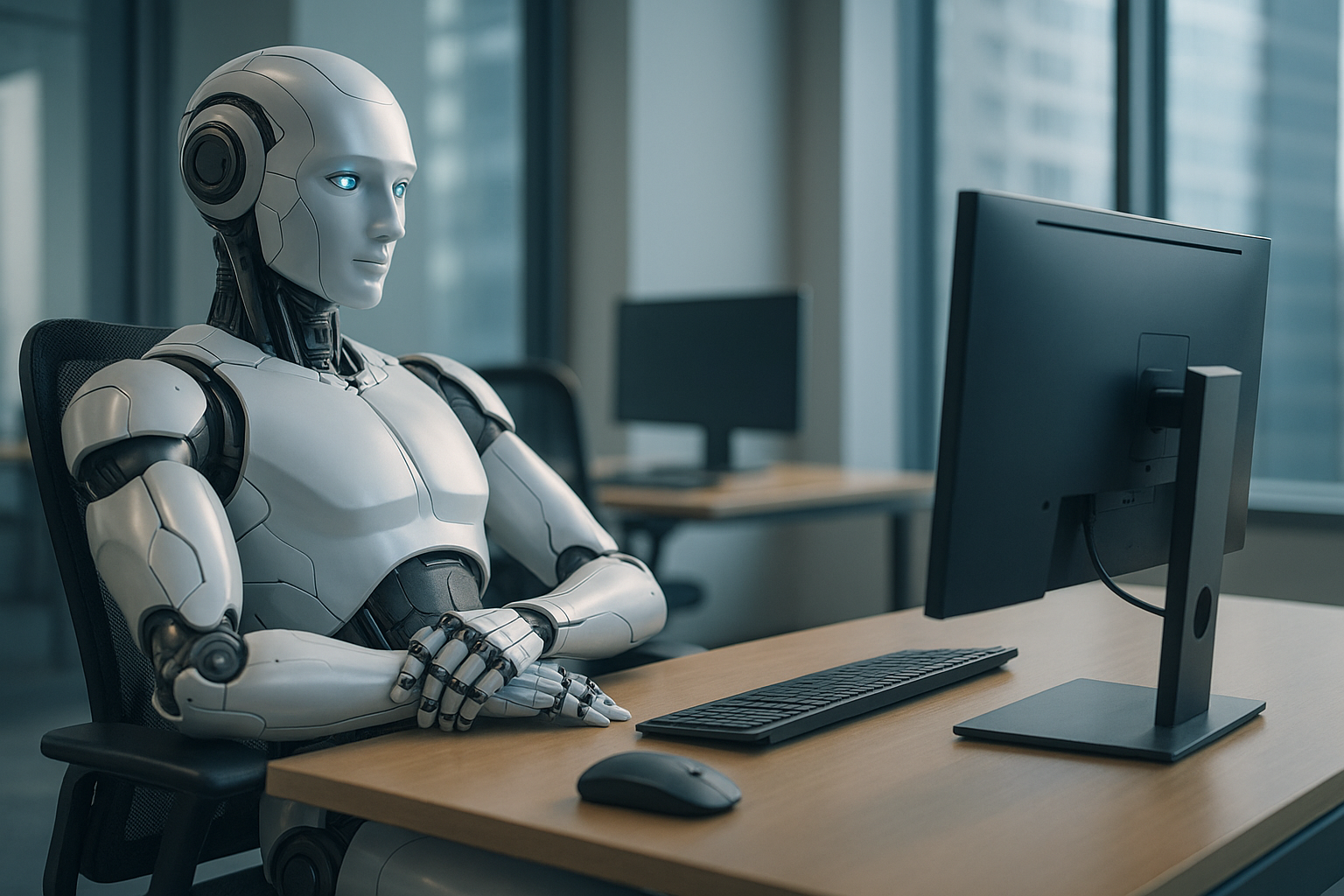The Intersection of AI and Creativity – How Technology is Shaping Artistic Expression. Creativity has always been a defining trait of humanity, but the advent of artificial intelligence (AI) is reshaping the boundaries of artistic expression. From crafting intricate paintings to composing symphonies, AI is no longer just a tool – it is becoming a collaborator in the creative process. This article delves into how AI is transforming creative industries, the technologies driving this evolution, and the profound ethical and philosophical questions that arise when machines engage in art.
The Evolution of AI and Creativity and Technology
The relationship between creativity and technology dates back centuries, from the invention of the printing press enabling mass distribution of literature to photography revolutionizing visual art. With AI, this partnership has reached unprecedented levels. Algorithms can now analyze patterns, learn styles, and create original pieces that rival human artistry.
Consider AI-powered platforms like DALL·E, capable of generating surreal artwork from textual prompts, or GPT-3, which crafts compelling narratives. These tools challenge traditional definitions of creativity. Are these machines merely imitating human ingenuity, or are they producing genuinely creative outputs? This question lies at the heart of AI’s role in the arts.
AI in Visual Arts
1. Generative Art: A New Frontier
Generative art, created using algorithms, has become a cornerstone of AI’s presence in visual arts. By analyzing vast datasets of existing artwork, platforms like DeepArt and Artbreeder enable users to produce unique creations with minimal effort. These tools democratize artistic expression, making it accessible to those without traditional training.
One notable example is “Edmond de Belamy”, an AI-generated painting sold at auction for $432,500. While impressive, such works raise questions about authorship. Should credit go to the algorithm, its developers, or the users providing input?
2. AI and Creativity in Graphic Design
Beyond fine art, AI is revolutionizing graphic design. Tools like Adobe Sensei and Canva leverage machine learning to suggest layouts, color schemes, and typography tailored to user needs. For professionals, these innovations streamline workflows, enabling more time for conceptual tasks.
Additionally, AI-powered branding tools analyze market trends to create logos and advertisements that resonate with target audiences. This data-driven approach ensures designs are not only aesthetically pleasing but also effective in achieving business goals.
AI and Creativity in Music
1. Redefining Composition
Music composition is another domain where AI excels. Applications like AIVA (Artificial Intelligence Virtual Artist) and Amper Music allow users to compose melodies and soundtracks tailored to specific moods or genres. These tools analyze thousands of musical pieces to generate compositions that blend familiarity with innovation.
While some musicians fear that AI diminishes human artistry, others see it as a collaborative tool. For example, composers use AI to overcome creative blocks or experiment with unconventional arrangements, expanding their artistic horizons.
2. Enhancing Listener Experiences
AI also transforms how audiences engage with music. Platforms like Spotify and Pandora use AI algorithms to curate personalized playlists based on user preferences. Beyond convenience, these systems introduce listeners to diverse genres and emerging artists, enriching their musical journeys.
AI and Creativity in Writing and Literature
1. AI as a Storyteller
AI’s ability to write compelling narratives is advancing rapidly. GPT-3, for instance, can generate short stories, scripts, and even novels with remarkable coherence. While these outputs may lack the emotional nuance of human-authored works, they open doors for collaborative storytelling where writers and machines work in tandem.
Hybrid projects, where authors use AI to draft scenes or brainstorm ideas, are becoming increasingly popular. This partnership allows writers to focus on refining themes and character arcs while the AI handles repetitive tasks.
2. Journalism and Content Automation
In journalism, AI tools like Wordsmith and Quill automate the generation of news articles, financial reports, and summaries. By processing large datasets and identifying trends, these platforms deliver accurate content at unprecedented speeds. However, this raises concerns about job displacement and the potential for bias in AI-generated reporting.
The Ethics of AI in Creativity
The integration of AI into creative fields introduces significant ethical dilemmas. One key issue is authorship – who owns the rights to AI-generated content? Developers, users, and even the AI itself have been proposed as rightful claimants, sparking legal debates worldwide.
Bias is another concern. AI models trained on skewed datasets may perpetuate stereotypes or exclude marginalized voices. Ensuring diversity in training data is crucial to fostering inclusivity in AI-generated works.
For more on how technology impacts society, explore 10 AI-Powered Tools Revolutionizing Everyday Life.
AI in Collaborative Creativity
One of AI’s most promising applications is its role as a collaborator rather than a competitor. Tools like Runway ML empower creators to co-design projects, blending human intuition with machine efficiency. For instance, filmmakers use AI to storyboard scenes or enhance visual effects, while architects leverage algorithms to optimize structural designs.
This synergy highlights the potential for AI to augment human creativity, pushing boundaries without overshadowing the artist’s vision.
The Future of AI and Creativity
As AI continues to evolve, its impact on creativity will only deepen. Future advancements may enable hyper-personalized experiences, where users co-create art, music, or literature tailored to their tastes. AI could also bridge cultural gaps by translating artistic styles or themes into formats accessible across languages and traditions.
However, the human element will remain irreplaceable. Art is not merely about aesthetics – it is a reflection of emotions, history, and identity. Balancing technological innovation with the preservation of these human qualities will be critical.
Conclusion of AI and Creativity
AI is transforming creativity across industries, offering unprecedented opportunities for innovation and collaboration. From generative art to personalized music and automated storytelling, these technologies are redefining what it means to create. However, ethical considerations and the preservation of human-centered artistry will shape the future of this dynamic intersection.
As we embrace AI as a creative partner, it is essential to ensure that technology amplifies, rather than replaces, the unique voices that define human expression.





Leave a Reply